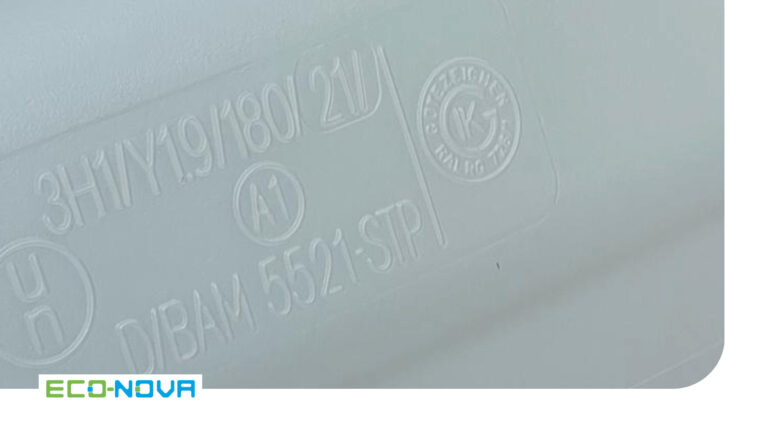What is a UN approval?
Some packaging in our range has a UN approval and is therefore suitable as packaging for hazardous materials. In this knowledge article you can learn more about UN approvals.
United Nations
Packaging for the transport of dangerous goods must be certified. For this purpose, there are regulations laid down by the United Nations (UN). The UN Economic Commission for Europe (UNECE) is responsible for setting and regulating these standards. UN certification is part of a uniform system for the classification, packaging, marking and labeling of hazardous materials to ensure safe transport. The national and international transport of hazardous goods by road, rail, water and air is governed without exception by this system of ADR, GHS and UN specifications.
Testing
In order to obtain UN certification, a package is first tested. This involves, among other things, drop tests to prove that the packaging is suitable for the transport of dangerous goods. The tests take place under specific conditions.
Test mark
After UN approval or certification, the mark is embossed on the packaging in the form of an indelible number. A UN test mark looks like this, for example:
UN indicates that there is a United Nations approval for hazardous substances.
3H1 denotes the type of packaging, in this case a plastic canister with non-removable lid. 1H2 stands for drum with removable lid.
The letters X, Y or Z indicate in which packing group (hazard group) the package was tested:
X = Packing group I (high hazard)
Y = Packing group II (medium hazard)
Z = Packing group III (low hazard)
If packaging has been tested for high hazard substances, it may also contain medium or low hazard substances. The following therefore applies to the contents of the packaging:
X = suitable for substances of packing group I, II and III
Y = suitable for substances of packing group II and III
Z = suitable for substances of packing group III
1.9 indicates the maximum specific gravity of the liquid to be packed. In the case of solids, the number indicates the maximum permissible gross weight (in kg) of the packaging including contents. In the example, this is therefore 81 kg.
200 stands for the maximum hydrostatic pressure (internal pressure) that the packaging can withstand for liquids, expressed in kilopascals (kPa) and rounded down to the nearest 10 kPa. For solids, an S is listed.
19 stands for the year of manufacture. The UN approval of plastic packaging must not be older than 5 years. In the second example, the year is not indicated because the UN approval was on a main document of the packaging. However, the year of manufacture must always appear on the packaging itself.
D is the country where the test took place, in these examples here it is Germany and the Netherlands (NL).
The last character string designates the certification body of the packaging in question. It appears in the form of a name, manufacturer's mark or a code of the certification body.
